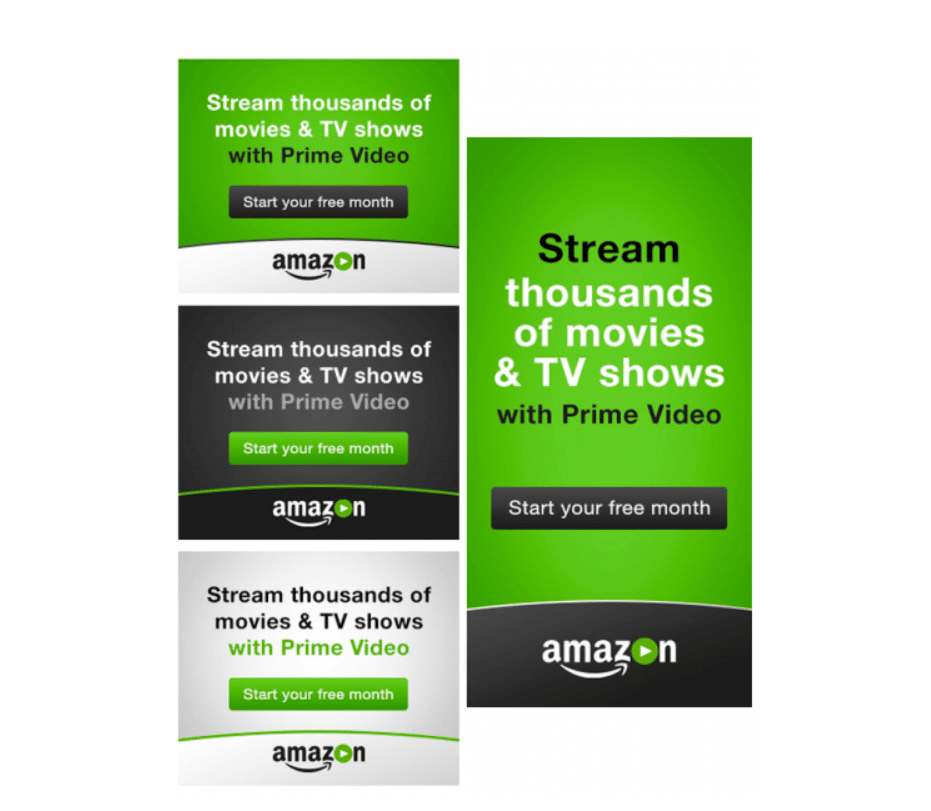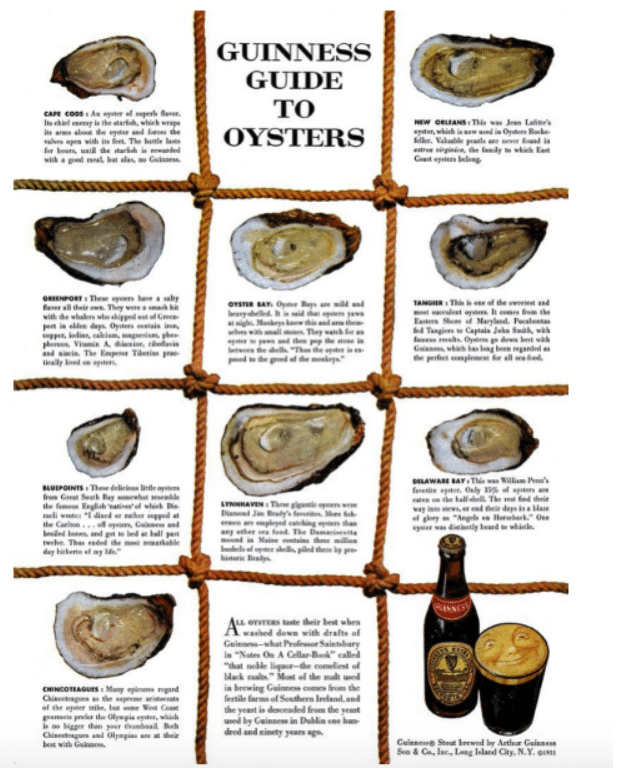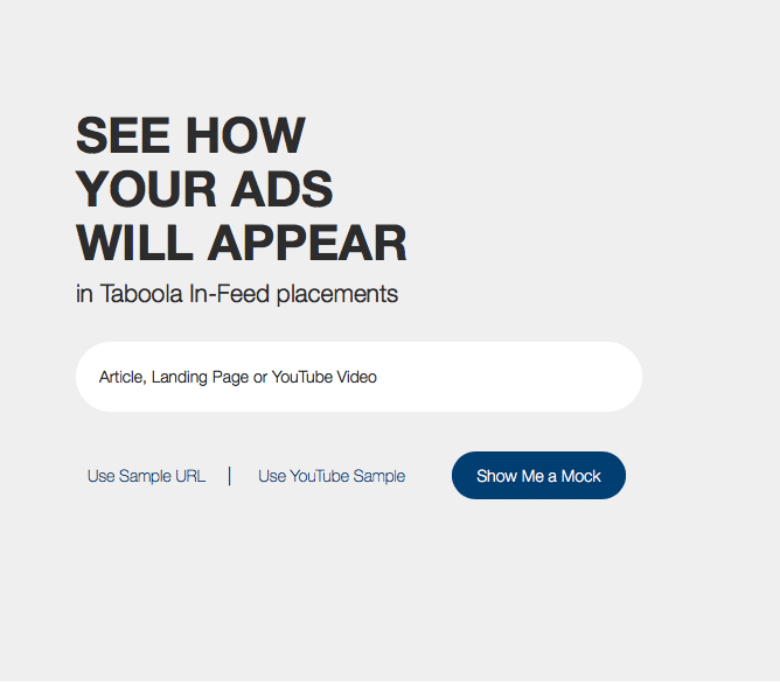This article was contributed to the Taboola Blog by Point Visible, a passionate content marketing agency that transforms small businesses into heroes through in-depth research, careful planning, unwavering dedication, and a constant strive for improvement.
Native advertising: heard of it?
While we’re not saying that agencies have never heard of native advertising, what is true is that many agencies act as though they haven’t heard of it.
Because while digital marketing agencies offer services like social media marketing management, SEO and link building, very few offer native advertising services. This means that if you do start to offer it, you could gain a competitive advantage.
Of course, I get it. Just the thought of adding yet another ingredient to the marketing broth sounds overwhelming.
But you have to start somewhere. In this article, we take a look at all you need to know about native advertising—and how it can fit neatly into your agency strategy.
More on Native Advertising And Why It Should Matter To You?
A banner ad looks like an ad. It is an ad.
It looks like this:

Native advertising, on the other hand, might be an ad—but it doesn’t always look like one.
It looks like this:

The above is a Guinness ad, but doesn’t look like it immediately.
The beauty to the end-user is that it doesn’t disrupt the flow of what they’re reading or viewing because it blends in with its surroundings by virtue of being ‘native.’ In other words, it preserves the tone of the medium.
The benefit that you as an agency should communicate to your clients is that native advertising doesn’t stick out like a sore thumb to the end-user, yet it still rams home the ad’s message. It’s a win-win scenario.
Remember, customers today hate being sold to—but they don’t mind being marketed to. Native advertising allows you to connect with the end-user in a way that allows them to digest your ads without automatically ignoring them. They’re more appealing precisely because they’re less intrusive, and your core message remains intact.
Meanwhile, 90% of PR agencies see native advertising as a massive opportunity, yet many marketing agencies continue to struggle with it.
But while the struggle is real, native ad spend is expected to increase to $22b, which means that agencies are starting to get to grips with it.
And now it’s time yours did.
How To Fit Native Advertising Into Your Agency Strategy
Get Used To The Tools and Technology
The challenge with digital marketing today is the number of new technologies to get used to. Indeed, a lot of agencies won’t go near native advertising because they’re not prepared to take the time to get to grips with the technology, but taking the time to do so can be greatly beneficial.
Go here to check out a comprehensive list of the top native advertising tools to explore.
Other tools that will help you with your native advertising campaigns include:
Like Taboola for discovery, for example:

Decide Your Fees
How much will you charge clients for your native advertising services?
It’s a good question.
According to Crazy Egg, it costs an average of $54,014.29 to launch a native advertising campaign with a top-tier news publisher (such as Time magazine).
On the other hand, working with publishers with a DA (domain authority) over 80 means you’ll be spending around $35,482.50 on a campaign. Of course, the lower a site’s domain authority is, the less you’ll pay. For sites with a lower than 10 DA, you could be looking at $10 per campaign.
But quality always wins out.
When it comes to your pricing structure, the fees will vary according to how established you are as an agency, as well as how much work you’ll be taking on. Content marketing agencies on average charge less than $50,000 a month, while the average native advertising retainer agency charges $12,447.06 per month.
Work Out Your Metrics
Content marketers generally measure success by metrics such as total social shares, high-quality links, and leads.
Native advertisers, on the other hand, might prefer to monitor metrics such as awareness, audience engagement, traffic, time spent, social shares and click-throughs. According to research, audience engagement is by far the most monitored metric by marketers.
That said, you’ll need to talk with your clients to decide on your KPIs, as they will have a say, too.
Links can be a bit of a waste of time because native advertising doesn’t pass on link juice. In fact, native advertising has the potential to scupper business’s SEO efforts, so you must you always add a no-follow attribute.
Promote The Benefits of Native Advertising To Clients
If native advertising is to fit into your agency strategy, it has to be appealing to brands (your clients), and you have to sell it to them.
The easiest way to do this is to hit them with the facts: Consumers hate disruptive ads, with 54% saying that ads disrupt what they’re currently doing.
So, you need to make the case for native advertising with your clients so that they’re open to using them in their marketing campaigns.
Some of native advertising’s benefits include:
- Capturing more attention
- Building stronger relationships
- Empowering the end-user by providing them with assistance and value, as opposed to going for the sale
Start Building Native Advertising Campaigns
A lot of marketing agencies struggle with native advertising, so it’s important that you get a head start by building a few campaigns just for the sake of it. This will give you experience and it will help you to sell your strategy to your clients.
There are a few different platforms you can use to start with (other than Taboola, of course), including social media and search engines like Google, and there are also different content formats to choose from. For example, Instagram has Instagram Stories and IGTV among others, while Facebook has videos and text-based posts among others.
Once you’ve chosen your platform and your content format, you need to pick an audience to target. This bit is super important because the wrong eyeballs mean your campaign won’t convert.
Once you’ve got all this, you then need to create high-value content that sells. To do this, you need to take into consideration both the target audience and the platform. According to the Native Advertising Institute, a native ad is “paid advertising where the ad matches the form, feel and function of the content of the media on which it appears.” This is an important point to note because a good native ad won’t be a success if it doesn’t preserve the tone of the platform. Thus, the design has to be just right.
As well as looking organic within the right platform, your ad should also be mobile-friendly. It should also mention your brand a tiny bit—without an overt advertisement.
Instead, the focus should be on providing value and helping people. Perhaps you could include a link to your website, but you don’t need to go overboard—especially when you can end with a powerful call to action.
Once you’ve created a few ‘test’ campaigns, you then need to track them, analyze them and make improvements. Or you can use them as examples to show your clients.
Create Content Dedicated To Native Advertising
Once you’ve got in the trenches and ran a few native advertising campaigns, you can then use your experience to not only acquire new clients, but also to create content that positions yourself as an expert in this field. This is a great way to enhance your agency strategy and sell yourself to more clients.
There’s a lot you can do here, and there are ample opportunities in the current native advertising space.. Are you going to be the agency that fills it?
Here are some ideas:
- Create blog content
- Create case studies and share them
- Use social listening to hijack conversations related to the topic on sites like Quora
- Guest blog on relevant websites and drum up more backlinks
Conclusion
The next step is to download the tools that are going to help you map out your native ad campaigns, and promote your agency to clients. Keep moving forward with native ads and adjusting to new trends, and you’ll stay one step ahead of the competition.